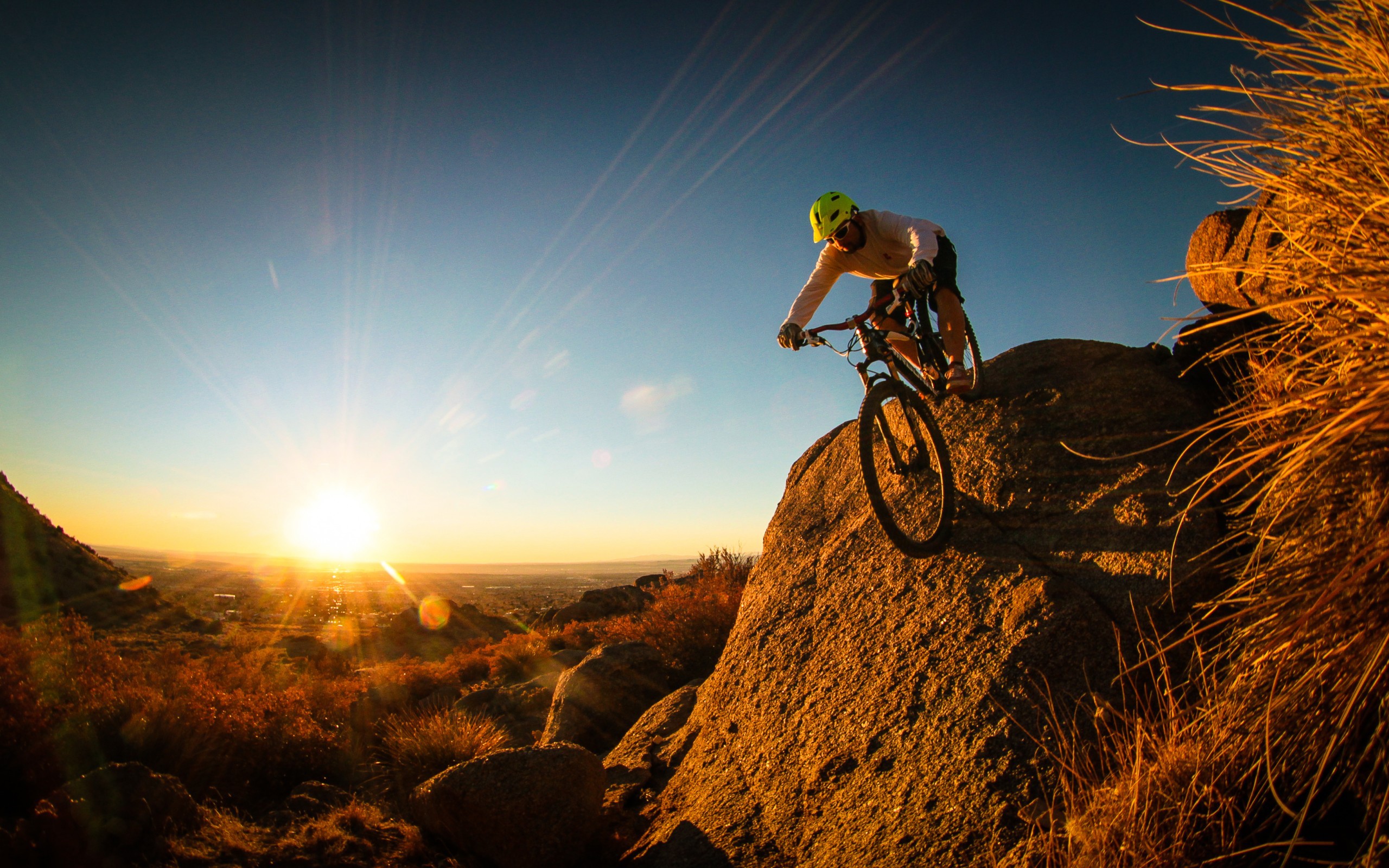“Life is like riding a bike.” To keep your balance, you must keep moving.” — Albert Einstein
Feeling unbalanced
It isn’t always an easy thing for people who have lost their vision to accomplish. Vision impairment can cause problems with our best intentions and limit our ability to exercise. After central vision loss in my mid-thirties made me legally blind, I experienced this firsthand. In addition to renunciation driving cars, I was fired as a proofreader for the local paper. After that, I cancelled my gym membership. The result? Anger and frustration at my many loss. Then I realized that doing nothing was impacting my physical and mental health. Depression set in. I tried using a stationary bicycle at home but lost interest once I realized I was not going anywhere fast, or slow in any way. Part of the joy of biking for me meant taking in the surroundings sounds and smells, noticing the way the tires of a bike feel on the road and the breeze that blew across my face. It was a pleasure to be in being in motion. Experimenting with different things.
As a child, I can remember the joy of riding a bike. Bicycling is our first experience of freedom. We get to decide crucial things like where to go, how to get there, what time to pedal, whether to stand or sit down and when to stop. Perhaps even the moment to remove the handlebars. “Oh the places you’ll go!” said Dr. Seuss.
Sure, biking equals freedom. However, with low vision, I was not sure if that freedom would ever be mine again. The loss of my vision was gradual over three years. I was able to adjust to the loss of my vision. For instance, I was able to drive in a car with the aid of one eye remaining 20/20. I was able to read using that eye, then started experimenting with magnifiers. After my “good” eye also lost vision, it was imperative to make adjustments on a bigger scale.
Moving forward, and then riding again
The first spring that I was legally blind was the first time I rode my bicycle in a park that had no traffic. I needed to be extra cautious to be sure, however, it was doable thanks to my side vision. It was not a matter of fact that I could not see the distance. The sweet gift of independence was returned to me once I was able to see enough. I was able to once more walk along the road catching the smell of a meal cooked on a charcoal grill. I could hear the doves calling each other, or the train whistle in the distant distance. The wind also messed up my hair.
Before I made this discovery the other day, my husband suggested the possibility of building a bicycle for two. One day we may consider tandem cycling at some point, but for now, I’m still learning to master my own wheels. There is only one catch: I must be careful where I cycle. For example, I wouldn’t attempt to ride along a busy street. Paved bike trails, often located in state parks work best for me. I don’t have to worry about traffic and pedestrians are usually very light.
My husband is often wearing an orange shirt to go ahead of me while I am in the woods. The yellow shirt stands out and provides me with an identifiable “target” to follow. After I’ve been on the trail a couple of times, I can recall certain landmarks. For example: Here comes an old wooden bridge. Beach in the distance. To my left is a parking garage. Despite my vision loss, I still feel confident in my direction.
Bicycling is a great, balanced workout
More than an enjoyable sport biking is also very beneficial for health. While the mind and spirit benefit from the stress relief that comes with going outside, the body benefits as well. Cardiovascular systems get a workout as do bones and muscles. And biking is easy on joints and helps preserve cartilage. Combine this with a reduction in body fat, and you’ll have a balanced workout suitable for people of all ages. I often wish I was nearer to the numerous bike trails in the country. However, for the moment I’m happy to get there whenever I can. My northern climate allows me to cycle for about half of the time throughout the year. However, I also keep a walking routine every day. Walking the dogs outdoors, regardless of the weather, makes everyone behave better. What I’ve observed over time is that vision loss isn’t an end to our activities. This simply means we need to adjust, experiment, keep moving and move on!





